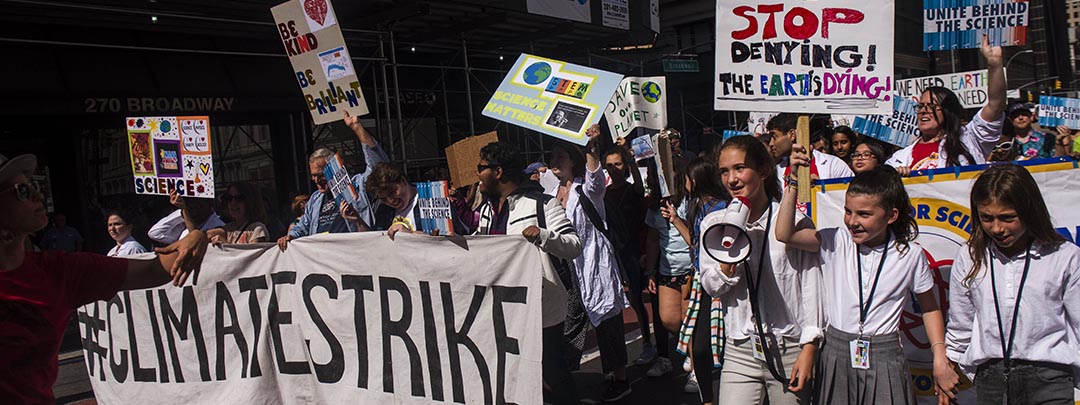Environmental Justice: Why Civil Rights and Protecting the Planet Go Hand-in-hand
Sep 15, 2021
View Original
As the global ecological crisis impacts ever-more lives, it is becoming clearer that we cannot talk about cimate change, pollution or biodiversity loss without talking about inequality — whether that's determined by gender, race, class, sexual orientation or disability.
As Thenjiwe McHarris, a leading Black Lives Matter activist and co-founder of Blackbird, an organization that helps build political movements, says: "There is no climate justice without racial justice. There's no climate justice without gender justice. There's no climate justice without queer justice."
In decades past, environmentalism was often cast as an elite concern — a cause for those with the luxury not to worry about more immediate problems like putting food on the table or resisting violence and discrimination. But increasingly, it isn't enough to talk about "saving the planet" or "protecting nature" as if these aims were distinct from addressing social inequality.
Environmental justice movement takes on environmental racism
Environmental campaigns against deforestation, waste dumping or open-pit mining have often been led by — or joined forces with — Indigenous peoples defending their land rights or communities fighting for the right to clean air, water and the health of their children.
Robert Bullard, a professor of urban planning and environmental policy at Houston's Texas Southern University, was among the first to use the term "environmental justice" back in the 1970s. He showed how entrenched patterns of racial injustice meant communities of color were more likely to live in the shadow of polluting power plants or garbage dumps, and more likely to suffer ill health from poor air quality.
